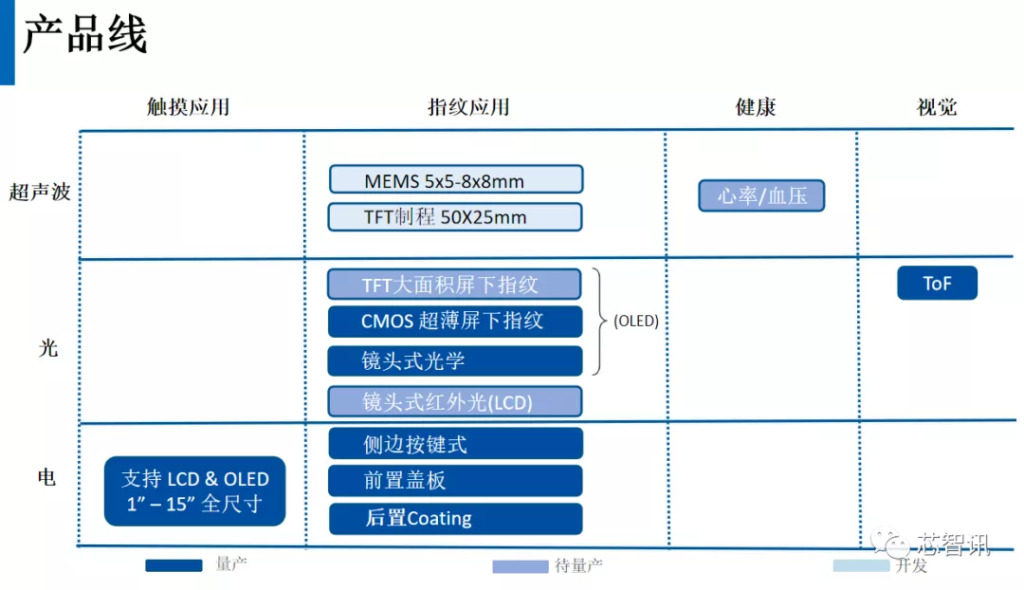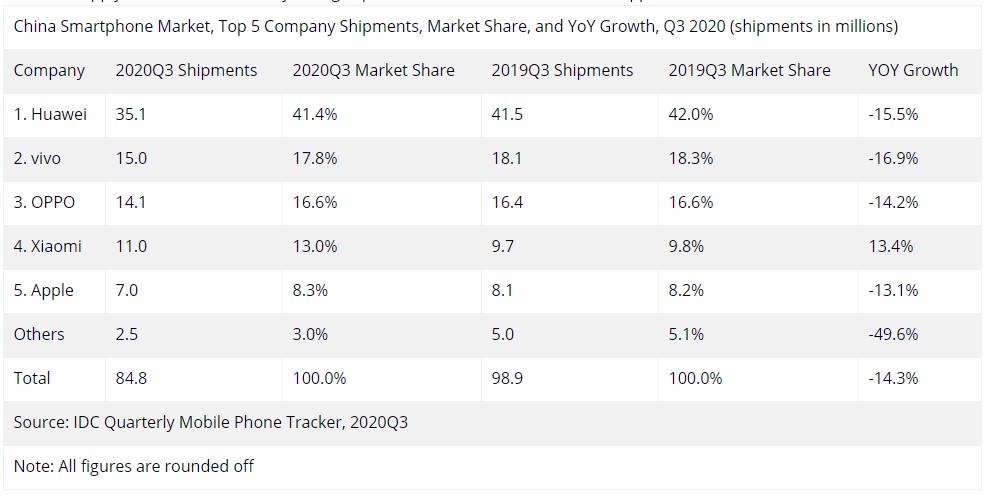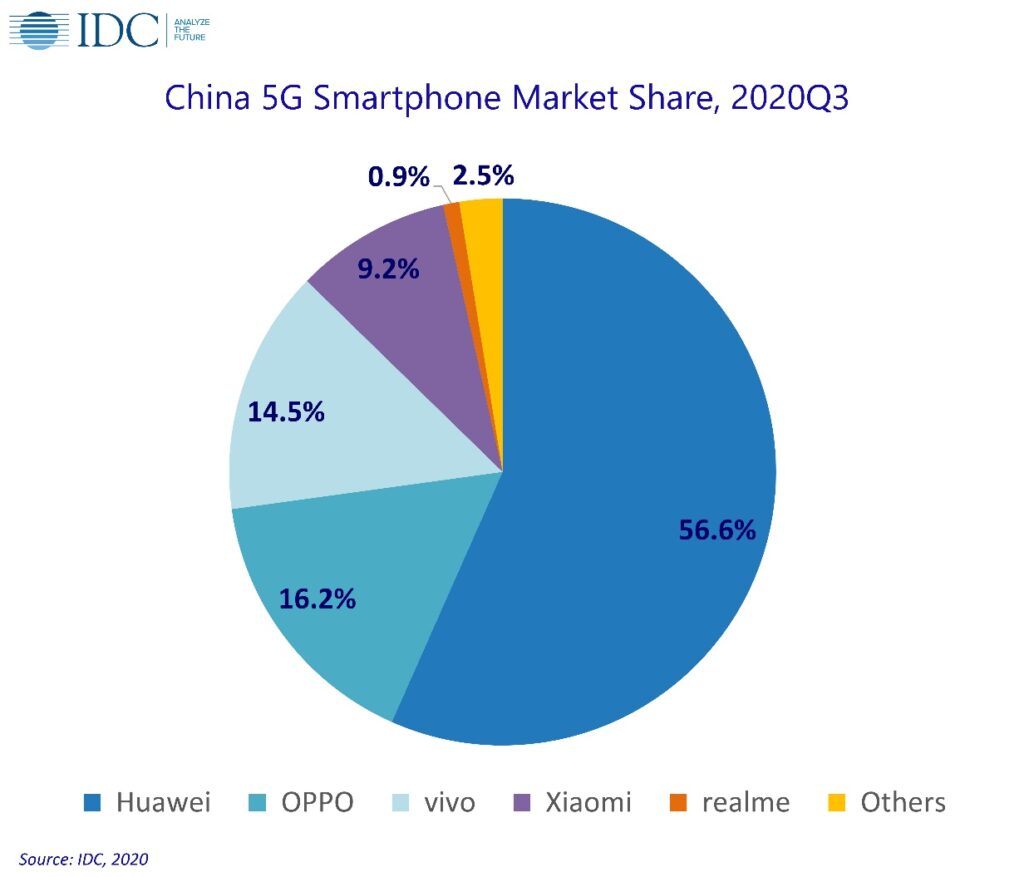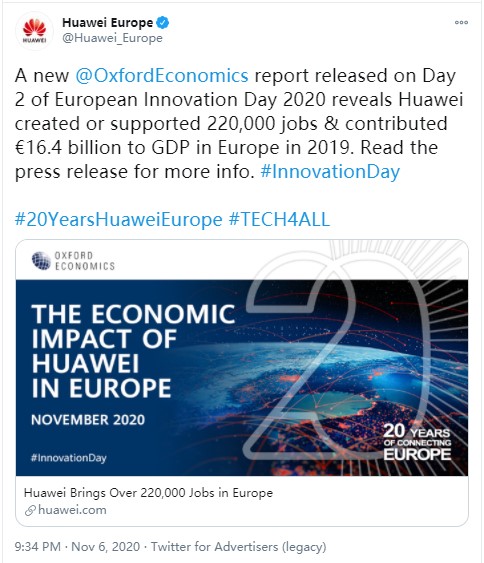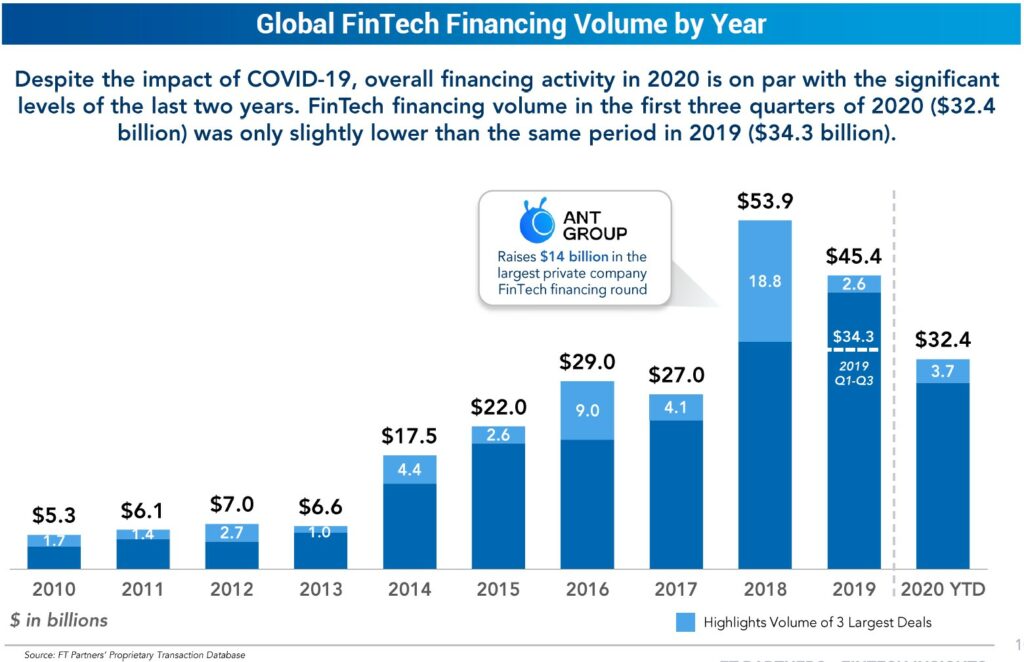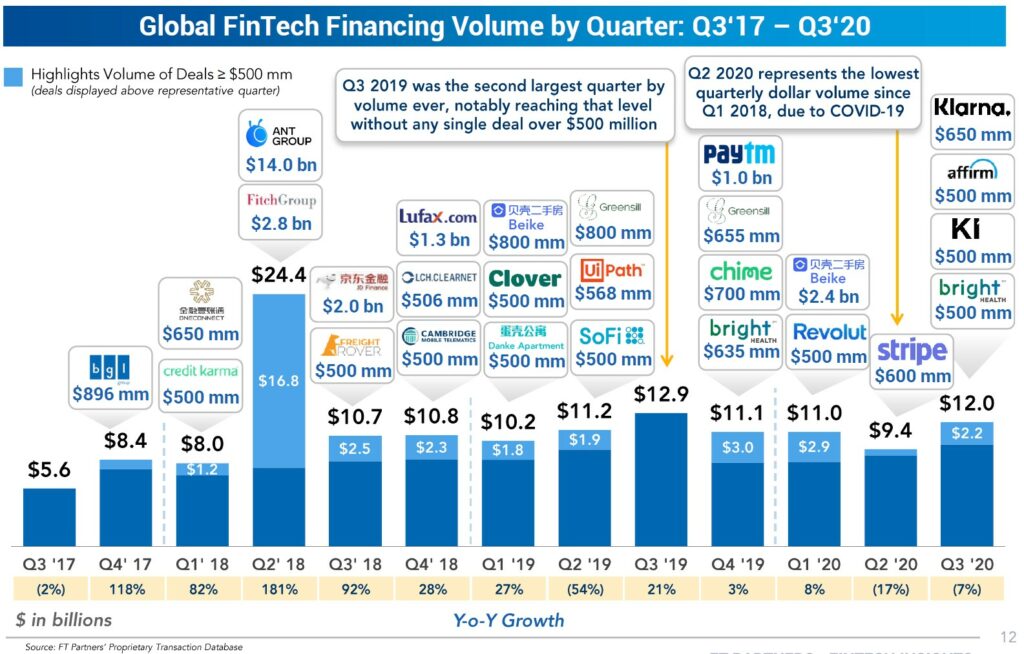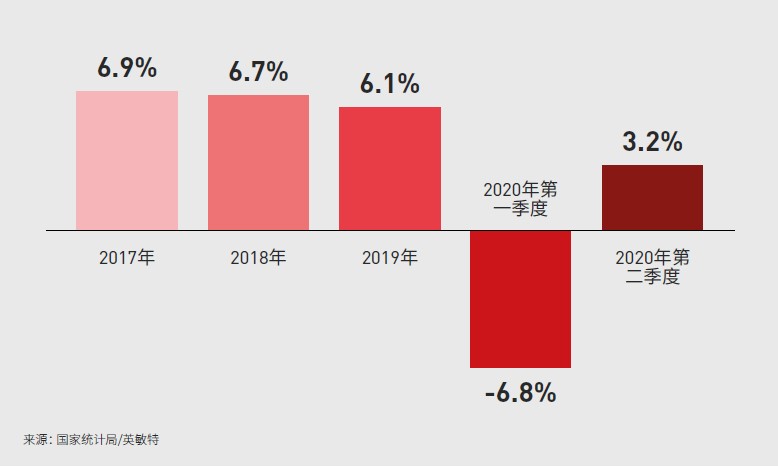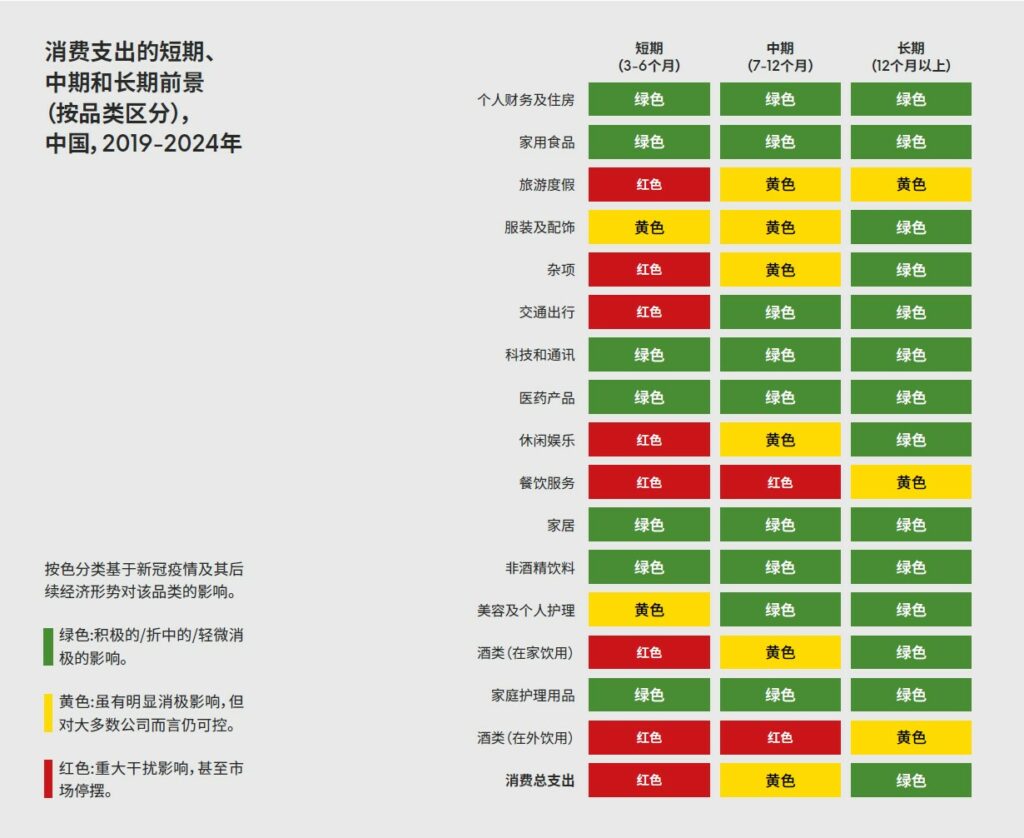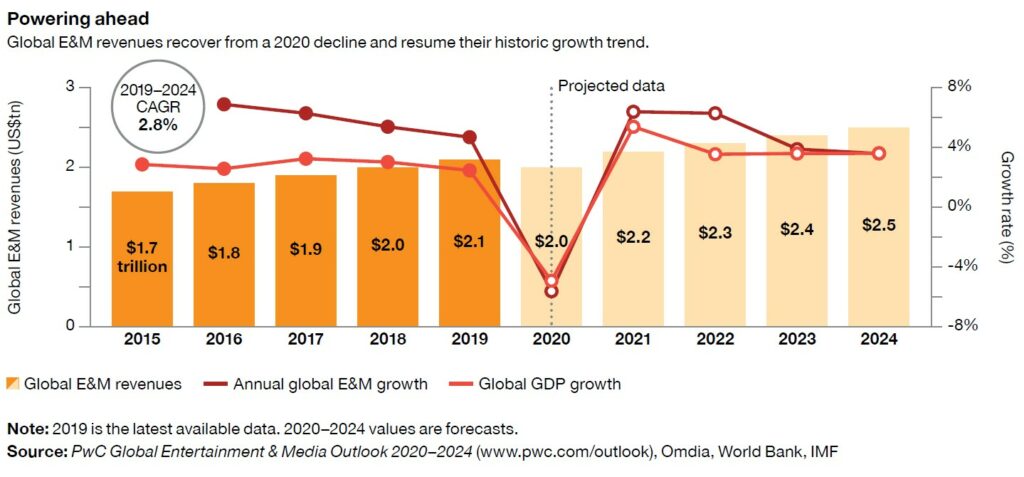
11-8 #Grateful: Qualcomm believes that by 2022, global 5G smartphone shipments will hit 750M units; Apple is likely to adopt side fingerprint recognition in its new iPhone in 2021; In 2019, Huawei contributed EUR16.4B in GDP to Europe; etc.
Qualcomm believes that by 2022, global 5G smartphone shipments will hit 750M units. Furthermore, by 2023, the number of global 5G connections is expected to exceed 1B. If this is the case, then it will be two years faster than 4G. In 2025, the number of global 5G connections will be close to 3B, and 5G traffic will account for 45% of global mobile network data traffic. (GizChina, CN Beta, IT Homes)
As PC shipments generally stabilized, the x86 CPU market growth represented by Intel and AMD slowed down. And mobile devices such as smartphones and tablet have entered a period of rapid growth, driving APU to usher in explosive growth. According to IDC, the global mobile application processor chip (APU) market in 2019 reached USD34B, and the global mobile APU shipments were close to 1.8B units. It is estimated that the global mobile APU market will reach USD56B in 2025, and the shipments will exceed 2.2B units. (Guoyuan Securities report)
So far, the ARM architecture has been applied to 85% of the world’s smart mobile devices, among which more than 95% of smartphones are based on ARM design. In addition, ARM has established cooperative relations with international manufacturers such as Qualcomm, Google and Microsoft to form a strong ecological alliance, which has become the best choice for smart mobile APU. (Guoyuan Securities report)
The French union CAD is questioning the management of STMicroelectronics following a decision not to grant employees a salary increase in 2020. As a response to the decision the union is calls for a strike. Currently, ST’s main fabs are in France and Italy, and there are 3 fabs in France. They are the 8” fab in Rousset, the fab in Tours, and the Crolles factory where the strike occurred. ST’s 12” wafers Factory, which mainly produces FD-SoI process products. (Evertiq, Laoyaoba)
Visionox has stated that the company’s holding companies Govisionox Optoelectronics, Yungu Gu’an and Kunshan Industrial Research Institute intend to sign a “patent transfer contract” with Chengdu Chenxian Optoelectronics. Visionox needs to transfer part of its 506 patented technologies related to Micro LED to Chengdu Chenxian in accordance with the contract. Chengdu Chenxian pays the corresponding fees according to the terms of the contract. The patent transfer fee is CNY300M. (Laoyaoba, ICSmart, 10JQKA, Sina)
Liu Haolei, Director of ToF Marketing of Gigadevice, has launched the integrated MEMS ultrasonic fingerprint chip GSL8165. This ultrasonic fingerprint chip is based on the CMOS process and the original single silicon MEMS structure adopts the technology of beam-forming multi-point simultaneous sending and focusing. Gigadevice’s large-area TFT screen fingerprint sensor GSL7253, with an area of 30×20mm, has a high QE of 80%, is ultra-thin (only 0.3mm thick), and has a COG packaging process that can support unlocking at any position, blind solution, and support two-finger / multi-fingerprint unlock. (Laoyaoba, Sohu, EE Focus)
Apple is likely to adopt side fingerprint recognition in its new iPhone in 2021. According to Digitimes, Taiwanese touch and fingerprint recognition chip suppliers have recently stated that more phone vendors have adopted side fingerprint scanner in their new phones in 1H21. Apple may launch another cheap version of the iPhone SE Plus in 2021, and add touch-tone Touch ID to reduce costs. (CN Beta, IT Home, Digitimes)
Chinese battery maker EVE has indicated the company has shipped its TWS bean-type batteries to major international customers, and the performance and quality are relatively good. Currently EVE is actively exploring the market, and it is expected to have better growth in 2021. The company has been cooperating with the Israeli StoreDot company in the fast charging field since 2018, and the current cooperation is very smooth. (Laoyaoba, JRJ, Xueqiu)
Samsung Electro-Mechanics has narrowed its candidates to buy its wireless communication module business, which includes W-Fi modules, to two companies. The two companies both produce components for Samsung Electronics used in smartphones. Samsung’s wireless communication module business is under its module solution business. it produces Wi-Fi and WiGig modules. (Gizmo China, The Elec)
According to IDC, 84.8M smartphones were shipped in China in 3Q20, down 14.3% year-on-year (YoY). This was the result of multiple factors: soft demand; Huawei’s supply constraints; and delayed flagship launches from both Huawei and Apple. China has so far shipped a total of 117M 5G handsets since 2019, with 49.7M in 3Q20 alone. Huawei continued to lead the 5G market. (Laoyaoba, GizChina, IDC)
Huawei Corporate SVP & Director of the Board Catherine Chen has indicated that Huawei opened its first R&D center in Sweden 20 years ago. Today, 20 years later, Huawei’s business has covered all European countries. Currently, Huawei has more than 13,000 employees and 23 local R&D centers in Europe. In 2019, Huawei contributed EUR16.4B in GDP to Europe. Huawei’s determination and will to integrate into Europe, invest in Europe, and contribute to Europe will not change. (CN Beta, Huawei)
Despite the impact of COVID-19, overall financing activity in 2020 is on part with the significant levels of the last 2 years. Fintech financing volume in the first 3 quarters of 2020 (USD32.4B) was only slightly lower than the same period in 2019 (USD34.3B). (FT Partners Research report)
According to the National Bureau of Statistics, before the outbreak of the Covid-19, China’s GDP (Gross Domestic Product) in 2019 was CNY98.9T. This means that China’s per capita GDP exceeded USD10,000 for the first time. This is a significant milestone for China, indicating that China’s consumption power has increased and its economy has become more diversified. The outbreak of the Covid-19 in Jan 2020 has had an unprecedented impact on society and the economy. In mid-Jul 2020, the National Bureau of Statistics released the preliminary calculation results of China’s GDP in 2Q20, showing that China’s economy is on track to recover. (Mintel report)
Mintel expects that under current circumstances (despite new cases, the epidemic is basically under control), total consumer spending will shrink by 5.6% in 2020. This is mainly due to several reasons: first, 1Q20 consumer spending fell; secondly, financial pressure caused Non-essential expenditures recover slowly; in addition, categories such as tourism and catering services still need to be restricted by travel conditions, and they are also affected by consumers’ vigilance towards public gatherings. (Mintel report)
On a macroeconomic level, analysts have been debating which letter most accurately describes the shape of the recovery: a V-shaped rapid bounce-back, a slower U-shaped recovery or an L-shaped trajectory. But a K-shaped bifurcated recovery, in which some sectors rise while others fall, might be the most appropriate alphabetic reference for the economy as a whole and for entertainment and media (E&M) in particular. As the overall industry posts a 2.8% compound annual growth rate (CAGR) through 2024, some E&M segments will expand quickly—experiencing 3 years of anticipated growth in a single year—while others continue their downwards path. (PwC report)






